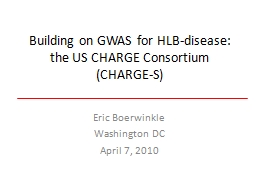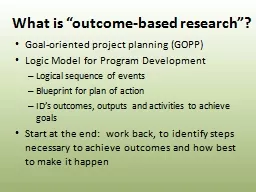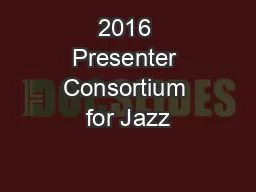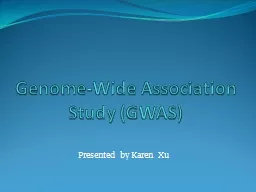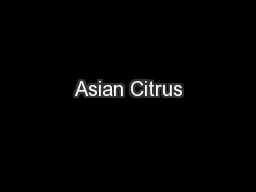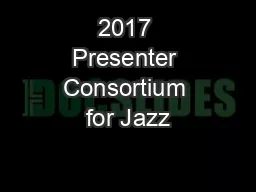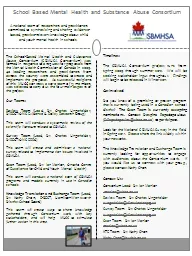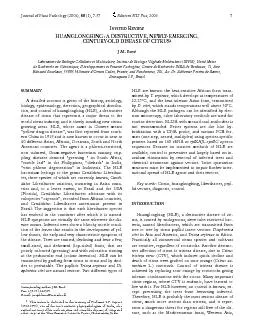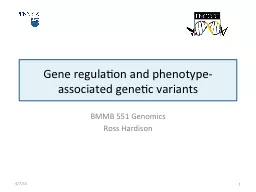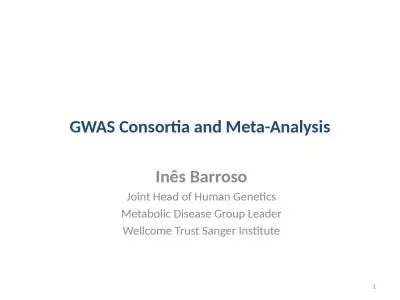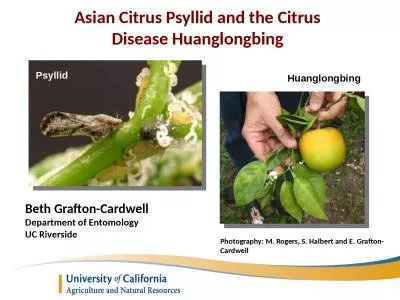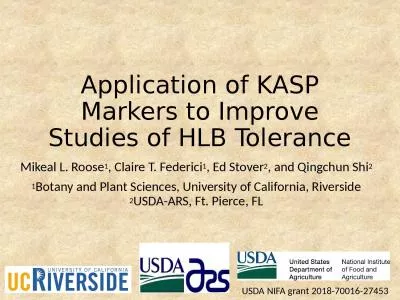PPT-Building on GWAS for HLB-disease: the US CHARGE Consortium
Author : vivian | Published Date : 2024-01-29
CHARGES Eric Boerwinkle Washington DC April 7 2010 Overall Objective This proposed research will leverage existing population laboratory and computational resources
Presentation Embed Code
Download Presentation
Download Presentation The PPT/PDF document "Building on GWAS for HLB-disease: the US..." is the property of its rightful owner. Permission is granted to download and print the materials on this website for personal, non-commercial use only, and to display it on your personal computer provided you do not modify the materials and that you retain all copyright notices contained in the materials. By downloading content from our website, you accept the terms of this agreement.
Building on GWAS for HLB-disease: the US CHARGE Consortium: Transcript
Download Rules Of Document
"Building on GWAS for HLB-disease: the US CHARGE Consortium"The content belongs to its owner. You may download and print it for personal use, without modification, and keep all copyright notices. By downloading, you agree to these terms.
Related Documents

